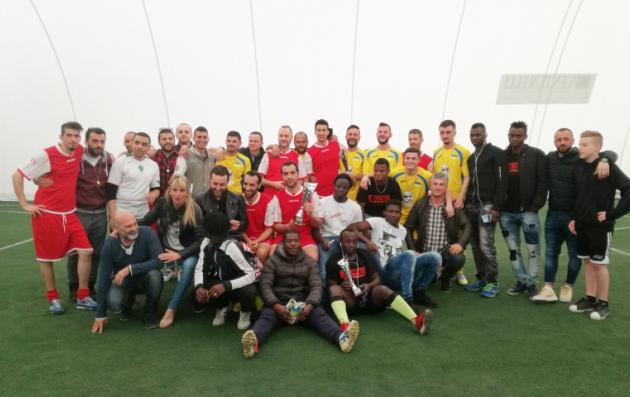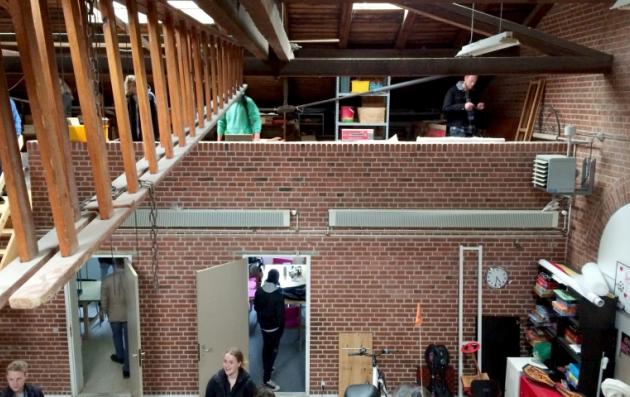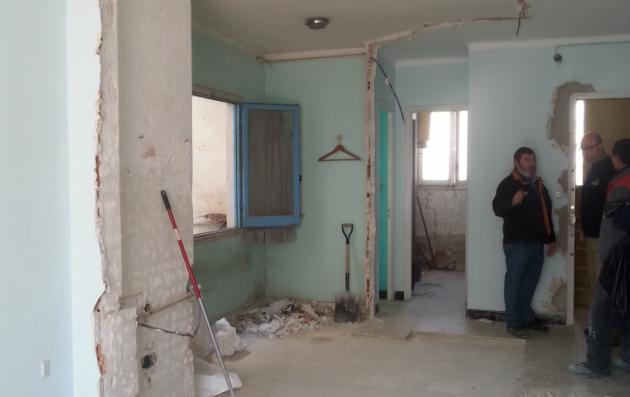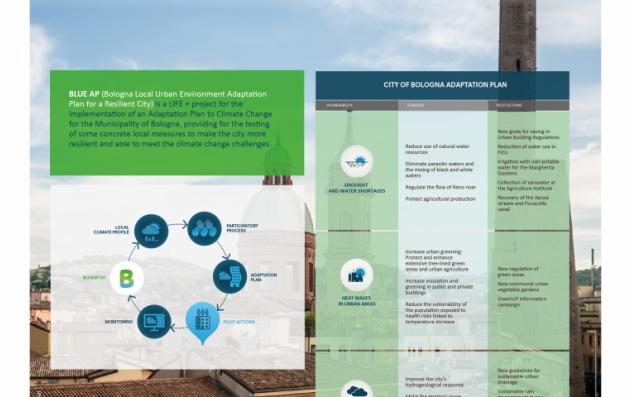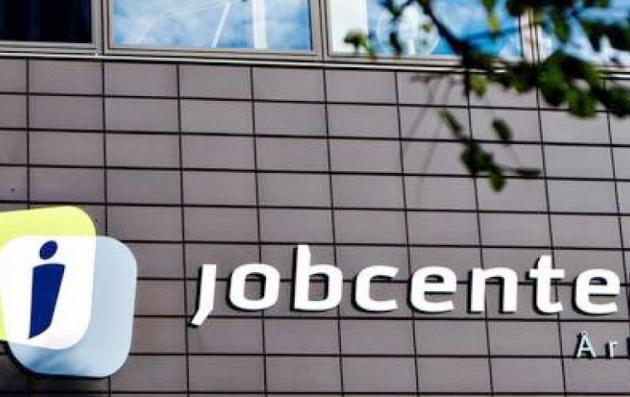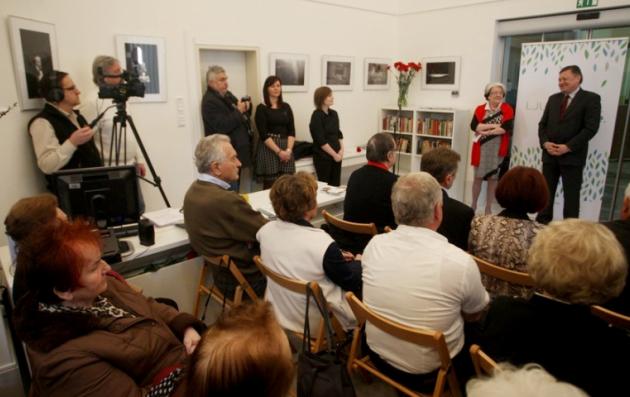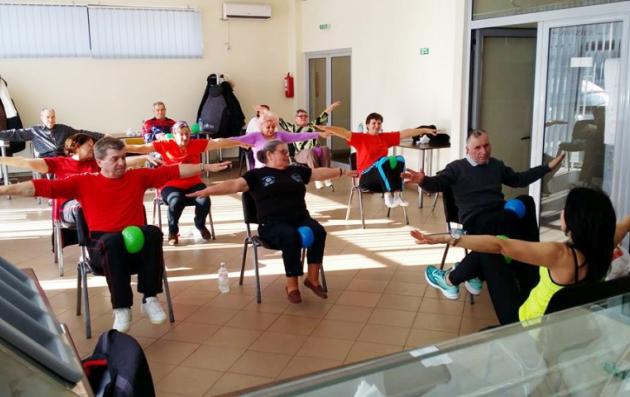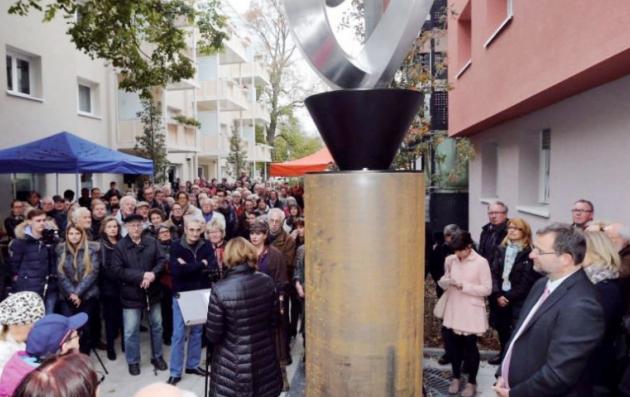Low-carbon housing solutions
Encouraging climate friendly decisions in housing, renovating and construction.

Summary
Targets to reach energy and climate standards are set at EU and national level, but it is cities who are on the front line, ensuring that these targets are met. Since 2015, the City of Tampere (FI) focuses on promoting low-carbon solutions in residential housing and urban dwellings through its TARMO+ project. It offers information about renewable energy, ways of monitoring energy consumption and other energy services for housing companies. It runs campaigns and competitions and participates in various events, in order to reach and inspire the relevant stakeholders. One particularly successful element is the Energy Expert, a resident in the building who is trained on energy efficiency and shares it with all other residents. There are now around 200 energy experts in the Tampere area. TARMO+ plays an essential role as a platform where all interested parties can operate, communicate and exchange information transparently, in order to reach the best renovation and complementary building results.
The solutions offered by the good practice
TARMO+ benefits from two earlier projects named TARMO and Ekokoti. Running in 2013-2014, TARMO was funded by the European Regional Development Fund. Its aim was to encourage residents from housing companies to participate in the energy control of the buildings. The Ekokoti project was funded by the Ministry of Environment, aiming at developing energy expert education. These previous projects gave knowledge about complementary building, and their networks are now utilised in the TARMO+ project.
Goal no. 1 is to encourage residents to make climate-friendly decisions in housing, renovating and constructing, and to improve their attitudes towards complementary construction. Goal no. 2 is to promote the energy service supply by bringing together companies, clients, investors and researchers who can work together on more sustainable housing.
One important element is the Energy Expert action. The TARMO+ project is developing tools that can be used in the Energy Experts' activity. The Energy Expert is a resident from the housing company who wants to learn more about energy-efficient housing, and then shares this knowledge with everyone in the same building. The Energy Expert action is not only connected to the TARMO+ project, it is currently also operating as an individual action, thus helping more and more housing companies to host an energy expert.
Building on the sustainable and integrated approach
URBACT principles are about making life in cities more sustainable and taking care of social, economic and environmental problems. TARMO+ and the Energy Expert action are dealing with these problems: making Tampere and its residential buildings more energy-efficient, and educating people on energy consumption.
Citizens are involved and can be part of the solution. A well-timed renovation reduces energy loss. The TARMO+ horizontal integration is shown in the information offered to housing companies on renewable energy and other energy services, on ways of monitoring and reducing energy consumption, on running campaigns and competitions as well as participating in various events in order to reach and inspire the relevant stakeholders.
Proof of the vertical integration is how this project works with businesses, housing companies, educational institutions and municipalities. Both make it easier to pursue infill-construction and development projects and to facilitate the formulation of a robust operating model, these being achieved through workshops, seminars and collaboration with educational institutions.
TARMO+ also brings together energy service companies and their users, which helps to develop the demand and supply for the latter. The cooperation gives rise to new examples, operating models and innovative projects. The TARMO+ project yields concrete examples of how housing companies’ building processes can be made easier.
Based on a participatory approach
There have been around 250 housing companies attending TARMO+ actions, and many of them have a trained Energy Expert. There are around 200 Energy Experts in the Tampere area that have participated in energy expert courses.
They have been involved in more than 50 different companies that offer energy services, and other services related to housing and constructing that promote the low carbon society. TARMO+ has offered several events where companies had the opportunity of straight contact with housing companies, energy experts and city officials. TARMO+ events have been designed to encourage open discussions between all stakeholders. According to surveys concerning participant satisfaction, all stakeholders declared that TARMO+ actions have been beneficial to them. The TARMO+ project established an interactive map on the projects' homepage. At any time, housing companies can add their building, but also information about future refurbishment necessities. The map can also contain the housing company's plans to acquire renewable energy systems, or complementary construction projects in the nearby future. There are over 200 housing company targets on the map that has been used to encourage housing companies to engage in renovation projects with other local housing companies, and obtain financial and quality benefits from bigger collaborative refurbishment projects.
What difference has it made?
TARMO+ has made a difference in addressing complex challenges in urban environments, by using the integrated and participative approach. TARMO+ offers an open, communicative and interactive platform for housing companies and service providers where information, thoughts and good practices can be shared. The project has gathered case examples encouraging housing companies and building residents to make more sustainable choices such as energy and material efficiency operations and using renewable energy sources, but also complementary building (some of these cases are presented in a support package).
The project has opened the discussion about housing cooperatives responsibility, and on advancing and taking actions towards sustainable living. This has been the first step to change attitudes towards this matter. In order to improve some residential areas, a sense of community is needed. TARMO+ has made an impact by hosting multiple events, training and competitions. One of them is the Energy Expert training that educates a member of a household cooperative to find a way to reduce energy and water consumption. Expert activity creates a sense of community and social interaction between participants, which has been a well-being factor in their everyday life.
Training and competitions had an essential impact on a sustainable way of living, and also on emission reduction in house cooperatives in a participatory way.
Why should other European cities use it?
Our project is gathering different stakeholders - the city, enterprises, housing companies, citizens, etc., in order to work together towards the low carbon city. TARMO+ is a project - a good practice - that no doubt is interesting for other European cities: it is adaptable, relevant and helps promote the EU 20-20-20 targets.
The rapid growth of the urban population, both natural and through migration, creates overcrowding in the cities and their suburbs. This issue must be addressed in a sustainable way, so that cities embrace improved environmental conditions and safe habitats for all urban populations.
This platform creates synergy between participants, but also generates a better sense of community in the area; it develops a foundation where sustainable operations are more easily conducted. With TARMO+ good practices, a consensus towards the sustainable operations in the area can be reached, which facilitates the planning and execution of energy efficient actions.
The share of the building stock comes to almost 40% of energy end-use consumption in Finland. Buildings are responsible for 40% of the energy consumption, and 36% of the CO2 emissions in the EU (Energy Efficiency in Buildings - European Commission). Therefore, addressing complex challenges in urban environments, such as the energy end-use consumption in buildings, is a major factor. This is a sector where successful actions will help us achieve more sustainable urban living and meet the 20-20-20 targets.
-
437_Tampere_GPSummary.pdf(PDF, 183Ko)

